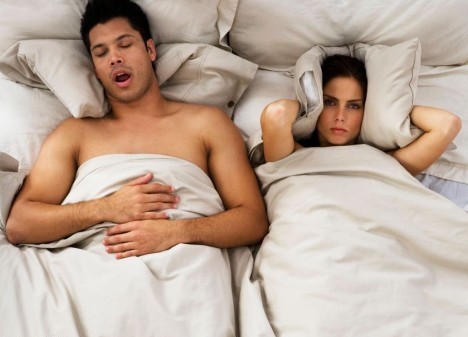A new study first published in Laryngoscope online, (8/22/2014) aimed to evaluate the changes in the site of obstruction when patients with OSA changed their sleep position.
The study was first presented at the Korean Rhinologic Society Meeting, Seoul, Korea and at the American Academy of Otolaryngology – HNS annual meeting, in Washington DC.
The methods included eighty-five patients who had undergone a sleep study in the supine and lateral positions. Obstruction sites were classified as soft palate, tongue base, lateral wall, and larynx.
The results saw prevalence in obstruction site decreased significantly after a change from supine to lateral position. However, the prevalence of obstruction was not affected by position change. The conclusion was that when sleep posture is changed from supine to lateral, obstruction due to structures such as tongue base and larynx improves dramatically. Therefore, position dependency is mostly determined by the lateral wall collapsibility. Evaluating the changes of the upper airway according to sleep position can further characterize the upper airway collapsibility and can be used for tailored treatment planning.
Sleep position can affect airway size and patency with a decrease in area of the upper airway while in the supine position. Positional therapy consisting of a method that keeps the patient in a non-supine position, is an effective secondary therapy or can be a supplement to primary therapies for OSA. Not all patients normalize their breathing when non-supine (not on their back), or experience a correction of OSA by changing position. There are minimally invasive procedures that can and do correct snoring and sleep apnea. These treatments and can be discussed with an Otolaryngologist (ENT physician) to determine the exact site of obstruction that may be at the root cause your snoring and sleep apnea.
Some positioning devices (alarm, pillow, tennis ball) can be used when using positional therapy. To establish whether or not a positioning device is working in the home, consider documenting or logging your sleep to include self-reported position monitoring, side effects, and symptom resolution.
Here are some bedtime tips to try for preventing sleep apnea
- Sleep on your side
- Avoid sleeping on your back – gravity makes it more likely for your tongue and soft tissues to drop and obstruct your airway
- The tennis ball trick – to keep yourself from rolling onto your back while you sleep, sew a tennis ball into a pocket on the back of your pajama top. Or wedge a pillow stuffed with tennis balls behind your back.
- Prop your head up – Elevate the head of your bed by four to six inches or elevate your body from the waist up by using a foam wedge. You can also use a special cervical pillow.
- Open your nasal passages – Try to keep your nasal passages open at night using a nasal dilator, saline spray, or a neti pot.
It is always best to discuss your symptoms and therapies with your physician ahead of time. To schedule your sleep apnea consultation visit us at www.eossleep.com or call 212-873-6036.

